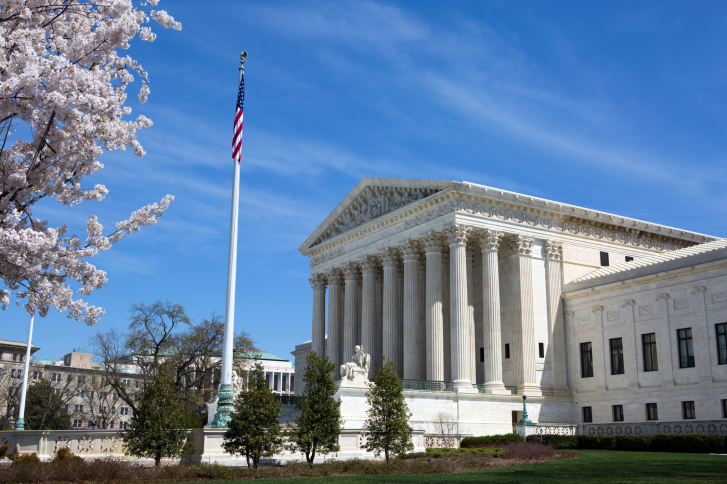Residents of Kittitas County, Washington are expressing their outrage at Gov. Christine Gregoire’s (D) September 18 decision to overrule county officials and allow 65 new, towering wind turbines to be built on hillsides surrounding the town of Ellensburg.
Kittitas County commissioners had rejected the proposed wind farm, noting local opposition to the 410-foot wind turbines that are expected to destroy scenic views, kill birds and bats, and create loud, reverberating noise in addition to generating a relatively small amount of electric power.
County officials and citizens groups have vowed to appeal Gregoire’s decision to the state supreme court in a case that will be closely watched by wind power supporters and opponents alike. Gregoire’s decision was the first time a governor used a 1970 state law written to facilitate nuclear power plant construction to justify building a wind farm.
U.S. Rep. Doc Hastings (R), whose district includes Kittitas County, joined local residents in expressing concern about the governor’s decision, telling the Seattle Times for a November 19 story, “I fear this precedent will embolden energy companies to bypass local leaders and go to the governor to have projects imposed on communities.”
Nationwide Opposition
Lawsuits have been filed or threatened against wind farms in Massachusetts, Minnesota, West Virginia, and Wisconsin. In addition, dozens of citizens representing several diverse groups opposed to the construction of new wind farms in undeveloped areas, especially on mountaintops, rallied at the state capitol in Pennsylvania on September 17, requesting more scrutiny of, and delays in, proposed new wind farms.
The Pennsylvania rally typified state and local opposition that has been growing with the increased federal push for more wind power.
Environmental Destruction
Foremost among the issues driving opposition to wind farms is their impact on the environment. The farms are land-intensive, and many consider them unsightly. This is behind most protests against wind farms in Kansas and Washington.
The most favorable locations for wind farms are usually areas with particularly spectacular views in relatively wild places, such as prominent ridgelines and mountaintop passes.
In return for spoiling such natural beauty, wind farms produce only a fraction of the energy of conventional power plants while requiring hundreds of times the acreage. Two of the biggest wind farms in Europe have 159 turbines and cover thousands of acres between them, but together take a year to produce less than four days’ output from a single conventional power station.
Similarly, a proposed wind farm off the coast of Massachusetts would require 130 towers and more than 24 square miles of ocean.
Killing Wildlife
Anti-wind farm activists in Pennsylvania and West Virginia also object to the harm done to migratory birds and bats. Wind farms must be located where the wind blows fairly constantly, areas also favored by migratory birds, including protected species like bald and golden eagles.
Studies show as many as 44,000 birds, including golden and bald eagles, have been killed over the past 20 years by wind turbines in the Altamont Pass east of San Francisco.
Ironically, wind farms act as both bait and executioner–prey animals taking shelter at the base of turbines multiply with the protection from raptors, while in turn their greater numbers attract more raptors to be killed by the turbines.
“Windmills are taking a horrendous toll on bird populations unaware that the spinning blades will slice them in midflight,” said Jay Lehr, science director for The Heartland Institute. “Also, local residents frequently protest that windmills mar the natural landscape and create an overbearing thumping sound.
“Windmill advocates claim that wind power is environmentally friendly power, but such assertions ignore the significant dark side of wind power,” Lehr added.
Dr. H. Sterling Burnett ([email protected]) is a senior fellow with the National Center for Policy Analysis, a nonpartisan, nonprofit research institute based in Dallas, Texas.




